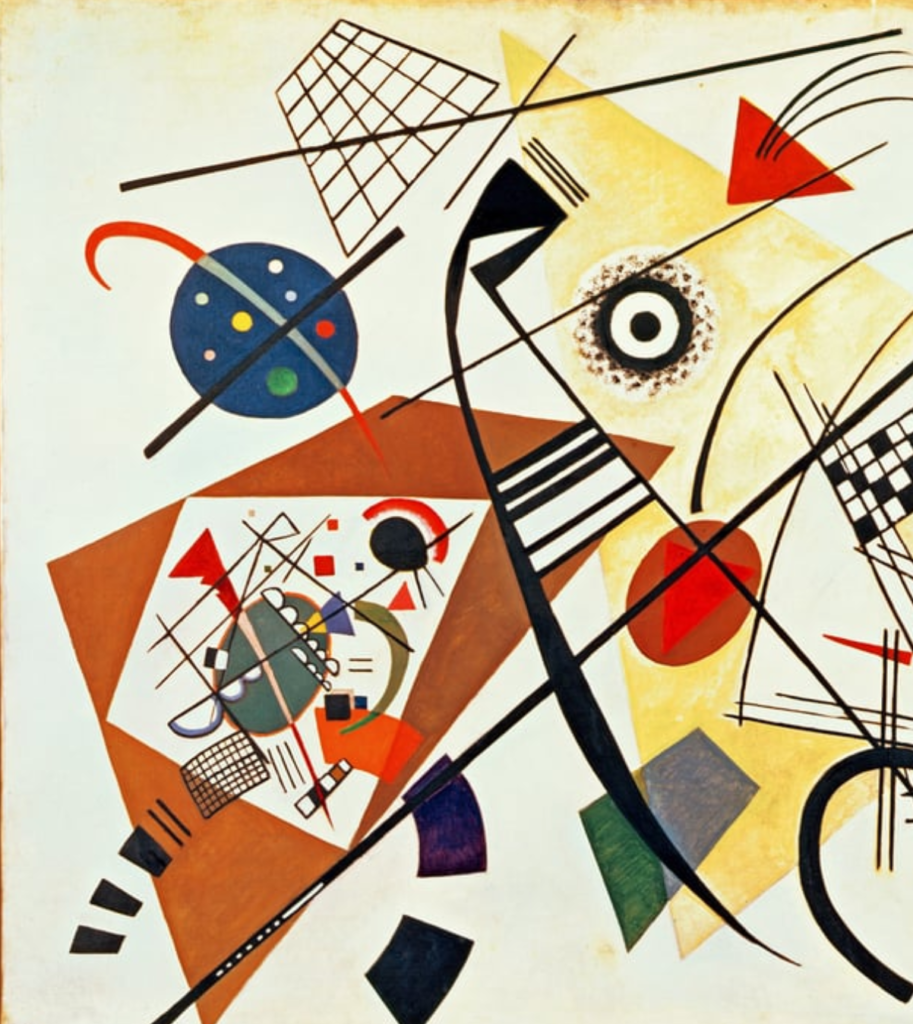
In Vancouver, when the temperature drops below 4° Celsius, Franklin X-40s begin to crack. At 2°C, you can shatter a half dozen in a couple of minutes. Some local players have made a ball for these precise conditions. It plays like a Dura Fast-40 and holds up to 1°C. There’s a subtle rhythm to the way experienced players rotate dry warm balls from their pocket to the server before each point, and how artfully they build each rally, so as not to waste a warm ball.
Below these temperatures, thin layers of ice form in the court’s shadier corners. On especially cool days, snow piles up. They play in mittens and trail runners. They’ll play a few points, and shovel off the icy rivulets. Rehydrating with hot tea and coffee. Yes, it’s pickleball. But it’s a game unto itself too.
In British Columbia’s Okanagan they play in more extreme conditions, on much thicker patches of ice—wearing skates and helmets instead of shoes and toques. This too is a game until itself.
The snowbirds begin to leave after Canadian Thanksgiving, they spend parts of their winter playing pickleball in paradise. For others, though, winter pickleball is paradise. Every moment of it.
By November, most of the country’s pickleball community has gone indoors. Badminton nets will be strung across the entire width of an old community centre gymnasium—across four or five, sometimes six courts—and lowered jaggedly between 33 and 37 inches. As the game becomes more popular, players burrow deeper into the cracks of the city, taping space in churches and covered parking lots, taping lines in warehouses, on carpets in motel conference rooms. Eastern European Cultural Halls. YMCAs. The indoor season turns players into flâneurs. Winter pickleball is a ticket to get into the places you wouldn’t otherwise see. To play on every manner of experimental sports surface that didn’t catch on over the years. Some with so many lines from so many sports over the years, it’s like inhabiting a Kandinsky painting.
Each one of these “courts” has its own terroir. Some players learn every dead spot in certain gyms—they attack and protect those spots. Some know exactly where the center of the net is higher in the middle than the outside. Some have mastered a lob that goes over the basketball rim without hitting a low ceiling.
Experienced indoor players like to use what the savvy manufacturers now refer to as the ”hybrid ball,” which skids on the wood floors. There are players who complain about this spin. About being served into the gymnastics equipment. Or the fact that the ball is indistinguishable from the surrounding walls. And then there are players who jump off a church pew to hit an Erne.
In Montreal, they play squickleball. In a little gym at Douglas Park, which is two feet too short for two pickleball courts, they play a game called Octopus. Four vs four between the badminton lines. There’s a two foot strip between courts, which they call the Dixon Line. The two bounce rule, NVZ—everything else is the same. But the Dixon Line is “out.” Some teams will designate a blocker to prowl the Dixon line, looking for Ernes from two directions.
All these incarnations resemble pickleball, but they are likewise games unto themselves. There is a unique intimacy to these sessions, shared by the players slashing their way through the winter together, cramming in points before they’re kicked out of the gym by the step aerobics instructor, and the cherry blossoms come out.
__________
For information about indoor pickleball programs, contact jerichohillpickleball@gmail.com.